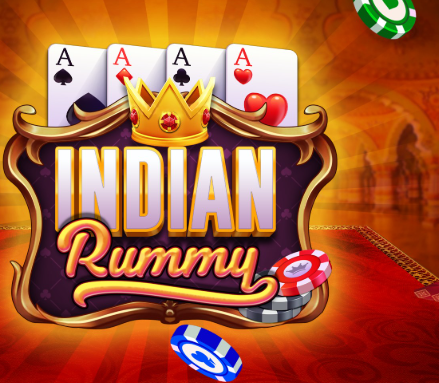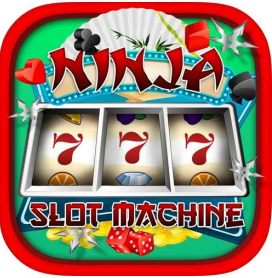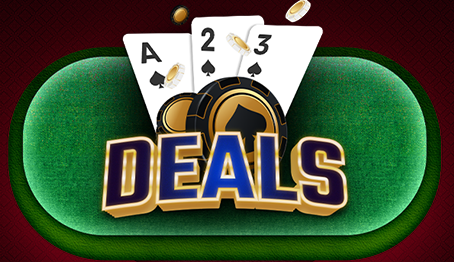fnaf 2 freddy head

cricket betting online
# 13 Hand Rummy Rules
## Introduction to 13 Hand Rummy
p: 13 Hand Rummy, also known as Indian Rummy, is a popular card game played with two decks of cards and a mystical essence that brings friends and families together. With its roots deeply embedded in Indian culture, the game has gathered a loyal following thanks to its easy rules yet engaging gameplay. Players combine their strategic thinking and a bit of luck to form valid sequences and sets, thereby achieving the ultimate goal of declaring their hand.
## Objective of the Game
p: The main objective in 13 Hand Rummy is to form sets and sequences using the cards dealt to each player. A set is a group of three or four cards of the same rank but different suits, while a sequence consists of three or more consecutive cards of the same suit. To win, players must declare their hands by melding their cards in valid combinations, making their total points below a predetermined limit.
## Players and Cards
p: 13 Hand Rummy can be played by 2 to 6 players. The game is played with two standard decks of 52 cards, plus jokers that act as wild cards. The inclusion of a second deck ensures that the game remains dynamic and competitive, providing ample opportunities for players to form their required sets and sequences.
## Card Values
p: Understanding the value of cards is crucial in 13 Hand Rummy. Number cards (2 to 10) hold their face value, while face cards (Jack, Queen, King) are worth 10 points each. Aces can be worth 1 point or 11 points, depending on how they are used in a sequence. The game primarily revolves around minimizing the total points of unmelded cards at the end of a round.
## Setting Up the Game
p: To set up the game, each player is dealt 13 cards. A random selection from the shuffled decks determines who starts the game. The remainder of the cards forms the stock pile placed face down, and the top card from the stock pile is turned face up to start the discard pile. Players must be attentive to both stacks, as this will impact their strategy throughout the game.
## Turn Sequence
p: Each player's turn consists of three main actions: drawing a card, melding cards (if possible), and discarding a card. First, players must draw a card from either the stock or the discard pile. Next, players may choose to meld their cards validly. Finally, a player must end their turn by discarding one card to the discard pile. This sequence keeps gameplay fast, focused, and exciting.
## Melding Cards
p: Melding is the crux of 13 Hand Rummy. When players lay down their cards in valid sets or sequences, they must follow certain rules. A minimum of one valid meld is required to declare one's hand. Players cannot form melds with cards that remain unplayed on the table. Moreover, when declaring, players must ensure their hand conforms to the rules; otherwise, they risk penalties.
## Types of Melds
p: In 13 Hand Rummy, there are two main types of melds: sets and sequences. A set consists of three or four cards, all of the same rank but of different suits, while a sequence is formed by three or more consecutive cards in the same suit. Furthermore, players can combine both sets and sequences in a single declaration. However, at least two sequences must include at least one sequence without the use of jokers to declare successful gameplay.
## Joker Cards
p: Joker cards play a significant role in enhancing gameplay dynamics. Jokers can substitute for any card in forming a set or sequence, providing an edge to players looking to accomplish their melds more efficiently. However, the use of jokers is regulated, and players should be cautious, as relying too much on them may impact their overall strategies and decision-making.
## Declaring the Hand
p: A player can declare their hand if they have successfully melded their 13 cards according to the game's rules. The declaration must include valid sets and sequences that abide by the requirements (two sequences, including one without a joker). If successful, the player wins, and the round comes to an end. If a player declares without meeting the requirements, they face penalties.
## Scoring in 13 Hand Rummy
p: The scoring system in 13 Hand Rummy revolves around calculating the points of unmelded cards left in players' hands at the end of a round. Points from the cards are summed up as follows: numbered cards retain their face value, while face cards are assessed at 10 points each. Aces may contribute 1 or 11 points, depending on their role in the meld. At the end of the game, the player with the lowest score is declared the winner.
## Winning the Game
p: The game continues until a pre-decided number of rounds is completed, or a player reaches a particular score limit. The winner is determined based on the cumulative scores from each round. Players must adapt their strategies and tricks to outwit their opponents while adhering to the rules of the game. It’s this blend of skill and strategy that adds depth to 13 Hand Rummy.
## Strategies for Success
p: Success in 13 Hand Rummy often hinges on players' strategies. Key elements include observant play, informed card selection, and timely melds. Players should pay attention to their opponents' discarded cards, which may provide valuable insights into their hands. Maintaining a flexible approach will enable players to adjust their strategies dynamically and maximize their chances of winning.
## Common Mistakes to Avoid
p: In the heat of the game, players may fall into pitfalls that can cost them dearly. Common mistakes include rushing to meld cards prematurely, neglecting to observe opponents’ plays, and disregarding the value of discards. By remaining focused, players can avoid these blunders and improve their gameplay.
## Etiquette in 13 Hand Rummy
p: Playing 13 Hand Rummy is not just about the cards; it's also about etiquette. Players should show respect for their opponents, avoid distractions, and maintain a fair playing environment. Adhering to these social norms not only enhances the gaming experience but also cultivates lasting friendships.
## Variations of 13 Hand Rummy
p: Various regional variants of 13 Hand Rummy exist, each adding its unique twist to the classic game. These variations may include changes in the number of cards dealt, specific scoring methods, or the inclusion of additional wild cards. Knowing these variations can enrich players' understanding and appreciation of rummy, opening up new dimensions of gameplay.
## Conclusion
p: 13 Hand Rummy is a game deeply entrenched in culture and strategy, appealing to both casual and dedicated players. Understanding its rules, strategies, and nuances allows for deeper engagement and enjoyment. Whether played casually at family gatherings or in competitive settings, 13 Hand Rummy continues to be a beloved pastime, connecting players across generations. Embrace the thrill of the draw, meld exciting sequences, and immerse yourself in the fascinating world of 13 Hand Rummy.
2009 wsop final table,flush beats full house,poker private
is a jack higher than a queen,live table games



